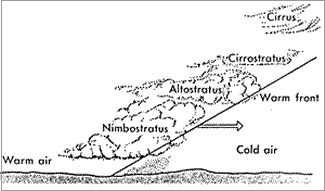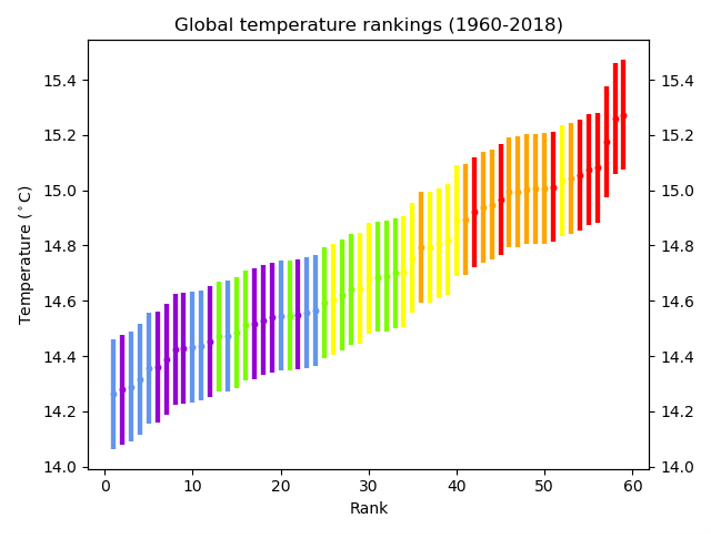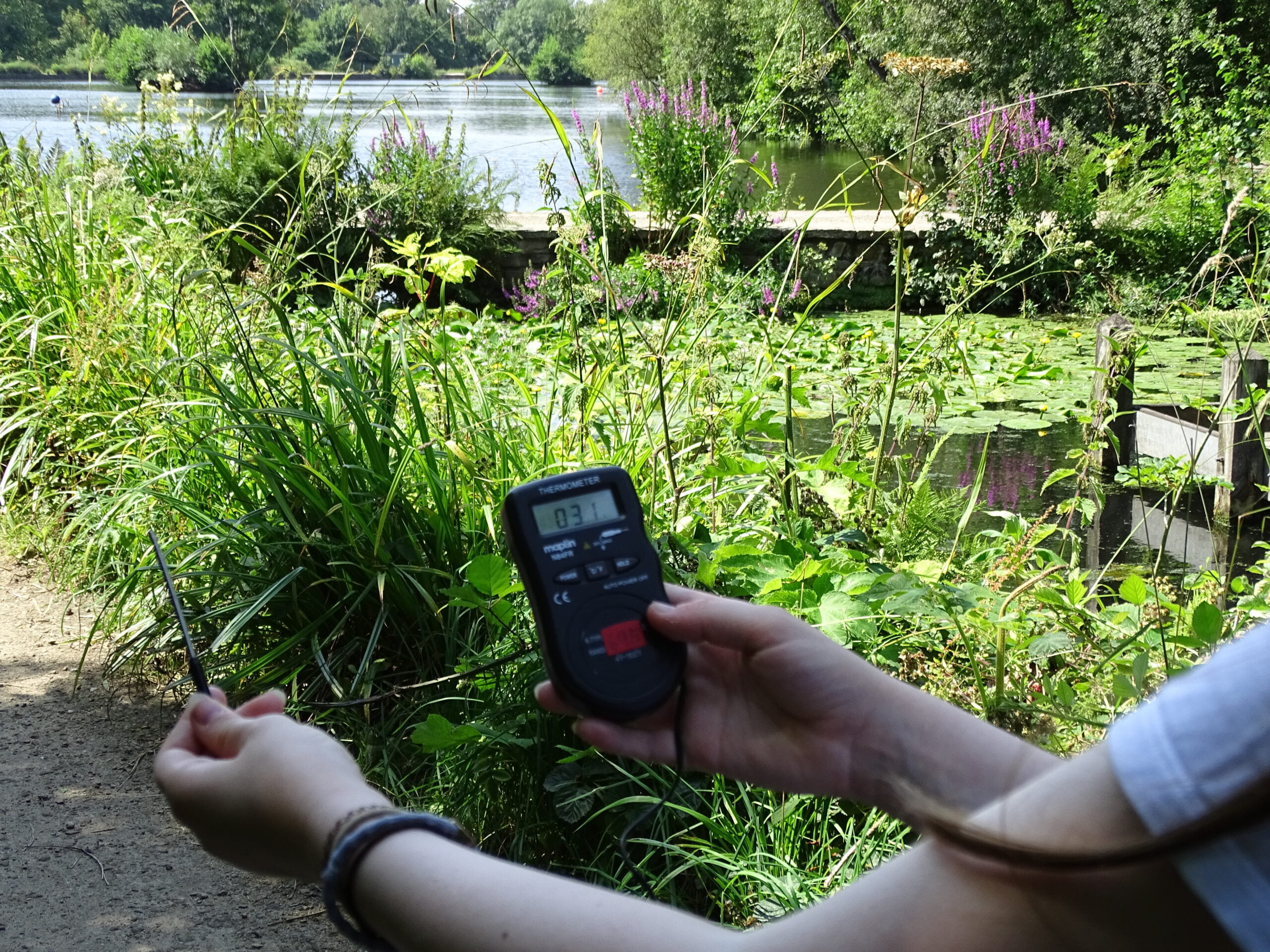Behaviour and the weather
Overview
This project aims to extend students’ ideas and knowledge on correlation using the Weather Observations Website (WOW) website. It focuses on looking at the possible link between the weather and behaviour in schools
The project is more suited for KS4 pupils but a high ability KS3 class could probably cope with its content. It involves pupils drawing scatter graphs or using spreadsheets if they have access to computers.
The ideas here can be taught in a few lessons using these resources or they can be made into a mini project lasting longer.
Teachers can adapt the ideas to suit their needs and tasks can be extended.
For example pupils could design a survey to collect information on behaviour in their own school and gather local weather data using the WOW website. It has possible cross curricula links with maths.
Objectives
To develop knowledge and understanding on correlation between two variables.
To investigate if there is a link between behaviour in schools and the weather.
To use the WOW website to gather data on past weather observations.
To design a survey to collect information on behaviour in your school.
To gain experience in recording data in tables and spreadsheets.
To build on pupils’ ability to draw and interpret graphs.
Introduction
In this task you are going to analyse the weather data for a certain town and establish if there is a correlation between weather and behaviour. For instance, do pupils behave better or worse if it is windy?
The behaviour of the pupils was judged by their teachers over four weeks in the month of March and their behaviour was given a score by their teachers on a 1 to 8 scale.
Behaviour scale
The behaviour scale is determined by the teacher with 1 being excellent behaviour from the class and 8 being behaviour that is seen to be unacceptable from that class for that teacher.
| Behaviour no. | Behaviour shown |
| 1 | No interruptions from the class |
| 2 | Very few interruptions to the lesson |
| 3 | When they are completing their own work some pupils get distracted |
| 4 | A few pupils start to distract each other and lose focus for longer periods |
| 5 | Level of noise starts to increase and more off task behaviour is seen |
| 6 | Pupils are distracted from their work and find it difficult to work |
| 7 | Lots of interruptions to the lesson from a range of pupils both in their own work and when listening to the teacher |
| 8 | Constant interruptions to the lesson, unable to work in the lesson |
Worksheet exercise
Ask the students to use the worksheet to draw a graph. If time and resources permit they can gather their own data from WOW. Alternatively they can use the data from the completed worksheet.
Extracting the weather data from WOW
1. Go to the WOW website address and search for station 3034 or St-Athan.
2. Click on the St-Athan weather station on the map.
3. Click on ‘View Full Observation’.
4. Click on the Graph tab.
5. Click on the ‘Show Filters’ tab and then the ‘Filter Options’ drop down box. Select ‘Air Temperature’ and ‘Wind Speed’, set the date range to the first week of observations (5/3/2012-9/3/2012), then click Update Graph.
5. To obtain the wind speed readings – go to the correct day and estimate the wind speed reading at 12:00. Fill this in the table of results.
The reading on 05/03/2012 at 12:00 is 13mph. So write 13 mph for the wind speed.
6. Repeat this for each day of the week and then reset the date range for the next week. Do this by clicking the ‘Show Filters’ tab and then the ‘Filter Options’ drop down box, then ‘Update graph’.
Web page reproduced with permission from the Met Office.




